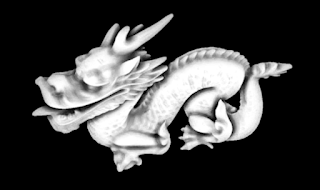Global Illumination -- which technique should you use?
Global illumination is a process that simulates indirect lighting. In the real world, light bounces around. Rays of light bounce off of walls and keep bouncing, and they don't stop. Unless we can simulate this, we'll never be able to render realistic lighting. However, due to the limitations of our present-day technology, we don't even have an efficient algorithm that simulates two bounces of light. I mean, yeah, we've got Global Illumination with Voxel Cone Tracing , but it lags a lot on mid-end devices and it isn't exactly an ideal solution for games that are targeted at consoles and mid-end computers. Ambient Occlusion techniques (SSAO being the most popular one) aren't considered to be part of Global Illumination, although they're often lumped together. Recently we reviewed SSDO (screen-space directional occlusion), which efficiently simulates a single bounce of light. We also have Light Propagation Volumes (LPV) which is used in some of the most popul...
